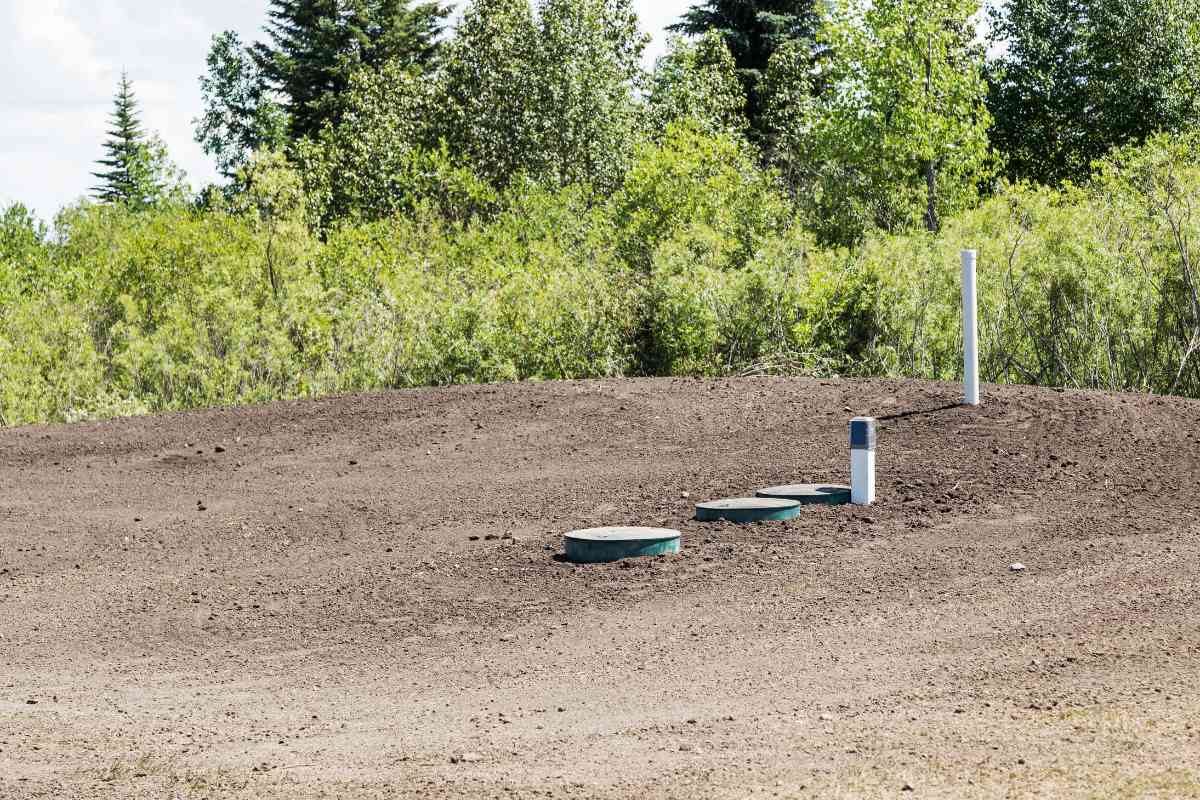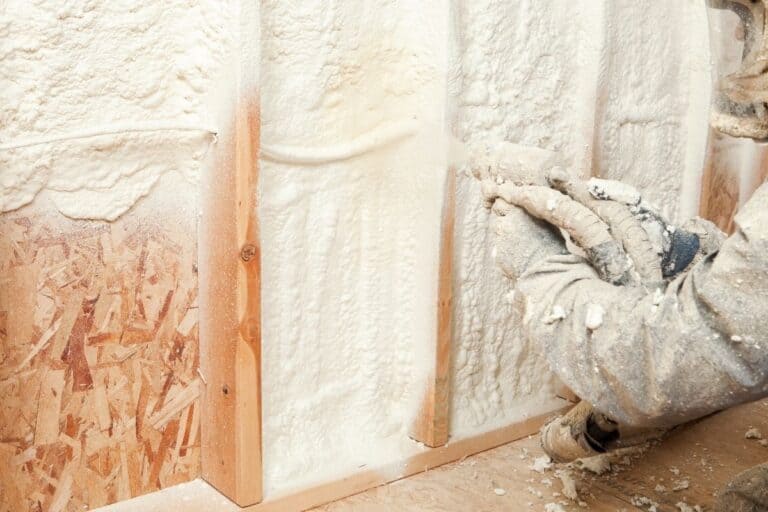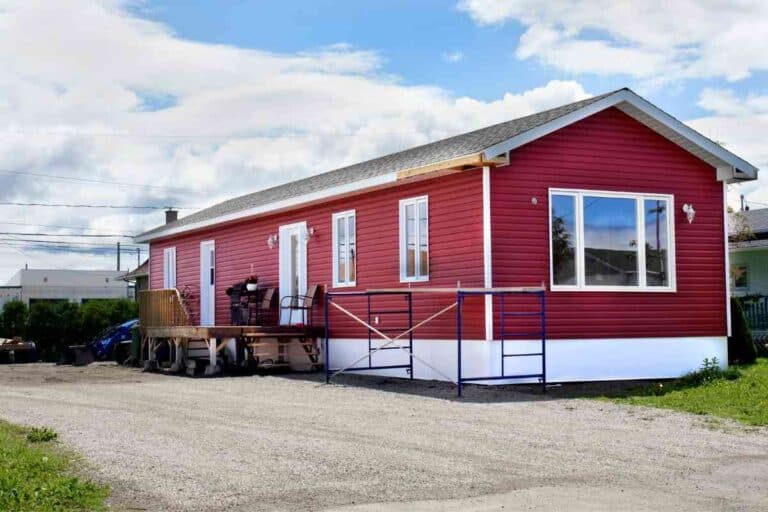Alternatives to Septic Systems for Cabins: Sustainable and Cost-Effective Solutions
If you own a cabin or a vacation home in a rural area, you may be familiar with the challenges of managing wastewater. Traditional septic systems are often the go-to solution for handling sewage, but they may not be the best fit for every property. Fortunately, there are alternatives to septic systems that can be more efficient, cost-effective, and environmentally friendly.

What’s the best septic system alternative for cabins?
One alternative to septic systems is a composting toilet. Composting toilets use natural processes to break down waste into a nutrient-rich soil that can be safely used as fertilizer. They don’t require any water or electricity, and they can be installed in cabins or other off-grid locations where your cabin may not get plumbing.
Composting toilets are also low-maintenance and can save you money on water bills and septic system maintenance.
Another alternative to septic systems is a greywater system. Greywater is the relatively clean wastewater that comes from sinks, showers, and washing machines. By diverting greywater away from septic systems and treating it separately, you can reduce the amount of water that needs to be treated and improve the efficiency of your water management system in your cabin.
Greywater systems can be simple or complex, depending on your needs and budget, and they can be a good option for cabins or vacation homes that don’t generate a lot of sewage.
Understanding Septic Systems
If you own a cabin or a rural property, you might be familiar with septic systems. A septic system is an underground wastewater treatment system that is commonly used in areas without centralized sewer systems. Septic systems are designed to treat and dispose of household wastewater, including toilet waste, laundry water, and kitchen sink water.
How Septic Systems Work
A septic system consists of two main components: a septic tank and a leach field .
The septic tank is a watertight container that holds the wastewater long enough for solids to settle at the bottom and oils and grease to float to the top. Bacteria in the tank break down the solids, and the effluent (the liquid in the middle) flows out of the tank into the leach field.
The leach field, also known as the drainage field, is a network of perforated pipes buried in gravel trenches. The effluent from the septic tank flows into the pipes and seeps into the soil, where it is further treated by natural bacteria and filtered by the soil before it reaches the groundwater.

Conventional Septic Systems
The most common type of septic system is the conventional septic system. It consists of a septic tank and a leach field, as described above. Conventional septic systems are relatively simple and easy to maintain, but they require enough space and suitable soil conditions to work properly.
Why You May Need An Alternative To A Septic System For Your Cabin
If you own a cabin and are looking for a wastewater disposal system, you may want to consider alternatives to traditional septic systems. There are several reasons why you might want to explore other options.
Environmental Concerns
Septic systems can have a negative impact on the environment if they are not maintained properly. When a septic system fails or leaks, it can contaminate groundwater and surface water with harmful bacteria and other pollutants.
This can be particularly concerning if your cabin is near a lake, river, or other body of water. Alternatives to septic systems can be more environmentally friendly and reduce the risk of contamination.
Cost
Traditional septic systems can be expensive to install and maintain. Depending on the size of your cabin and the soil conditions on your property, you may need a large septic system that can cost thousands of dollars to install.
In addition, septic systems require regular maintenance, including pumping and inspections, which can add to the overall cost. Alternatives to septic systems can be more cost-effective and easier to maintain.
Maintenance
Maintaining a cabin septic system can be a hassle. You need to have it pumped regularly, and you need to be careful about what you put down your drains.
If you don’t maintain your septic system properly, it can fail and cause a lot of problems. Alternatives to septic systems can be easier to maintain and require less attention.
Property Boundaries
If your cabin is located on a small lot, you may not have enough space for a traditional septic system. In some cases, the size of your property or the location of your cabin may make it difficult or impossible to install a septic system.
Alternatives to septic systems can be more flexible and adaptable to different property sizes and configurations.
Traditional Septic Systems
Traditional septic systems have been used for decades and are a proven method of wastewater disposal.

However, they are not always the best option for every situation. If you are considering alternatives to septic systems, it’s important to do your research and choose a system that meets your needs and fits your budget.
When it comes to wastewater disposal for your cabin, there are several alternatives to traditional septic systems that you may want to consider.
Some of these options include composting toilets, incinerating toilets, and graywater systems. Each of these systems has its own advantages and disadvantages, and you should choose the one that best meets your needs and fits your budget.
| System | Pros | Cons |
|---|---|---|
| Composting Toilets | Low water usage, low maintenance, environmentally friendly | Requires regular emptying, may have odor |
| Incinerating Toilets | No water usage, low maintenance, reduces waste volume | Requires electricity, expensive |
| Graywater Systems | Reuses water, reduces water usage, environmentally friendly | Requires separate plumbing, may not be legal in all areas |
Overall, there are many reasons why you might want to consider alternatives to traditional septic systems for your cabin. Whether you are concerned about the environment, cost, maintenance, property boundaries, or other factors, there are options available that can meet your needs and fit your budget.
Types of Alternative Septic Systems
If you own a cabin or a small building site in an environmentally sensitive area or near a lake, you may be looking for eco-friendly alternatives to septic systems. Fortunately, there are many alternative septic systems available that can meet your needs. Here are some of the most common types:
Mound Systems
Mound septic systems are designed for areas with poor soil percolation rates or bedrock close to the surface. The system consists of a sand-lined filter bed that is raised above the natural soil surface.
The bed is covered with topsoil and planted with grass. The wastewater is pumped to the bed and allowed to percolate through the sand and gravel layers.
The soil acts as a natural filter, removing impurities from the wastewater. Mound systems can be expensive to install, but they are effective and long-lasting.
Aerobic Treatment Systems
Aerobic treatment systems use oxygen and electricity to break down organic matter in the wastewater. The system consists of an aerobic treatment unit (ATU) that contains aerobic bacteria.
The bacteria break down the organic matter in the wastewater, producing a clear effluent that can be discharged into the environment. Aerobic treatment systems require regular maintenance and electricity to operate.
Constructed Wetlands
Constructed wetlands are environmentally friendly alternative septic systems that use natural processes to treat wastewater. The system consists of a series of shallow ponds or marshes that are planted with wetland vegetation.
The wastewater is pumped to the wetland and allowed to percolate through the soil and plant roots. The wetland vegetation absorbs nutrients and filters out impurities from the wastewater. Constructed wetlands are effective, long-lasting, and require little maintenance.
Sand Filter Systems
Sand filter systems are similar to mound systems, but they use a layer of sand instead of a sand-lined filter bed. The wastewater is pumped to the sand layer and allowed to percolate through the sand and gravel layers.
The sand acts as a natural filter, removing impurities from the wastewater. Sand filter systems are effective and relatively inexpensive to install.
Composting Toilets

Composting toilets are waterless models that use composting to break down human waste. The system consists of a composting chamber that is filled with organic material such as sawdust or peat moss. The human waste is deposited into the chamber and mixed with the organic material. The composting process breaks down the waste, producing a dry, odorless compost that can be used as fertilizer. Composting toilets are environmentally friendly, but they require regular maintenance.
Incinerating Toilets
Incinerating toilets use electricity or propane to burn human waste. The system consists of a combustion chamber that heats the waste to a high temperature, reducing it to ash. The ash can be disposed of in the trash. Incinerating toilets are effective and require little maintenance, but they can be expensive to operate.
Drip Distribution Systems
Drip distribution systems use distribution pipes or drip irrigation tubes to distribute the wastewater over a large drainage area. The wastewater is pumped to the distribution pipes and allowed to percolate through the soil. Drip distribution systems are effective and relatively inexpensive to install.
Media Filtration Systems
Media filtration systems use filters to remove impurities from the wastewater. The system consists of a series of filters that are filled with sand, gravel, or other filter media. The wastewater is pumped to the filters and allowed to percolate through the media. The media filters out impurities from the wastewater. Media filtration systems are effective, but they require regular maintenance.
Plastic Chamber Leach Field Systems
Plastic chamber leach field systems use interlocking polyethylene arches to create a drainage area for the wastewater. The arches are placed in a gravel bed and covered with soil. The wastewater is pumped to the arches and allowed to percolate through the gravel and soil. Plastic chamber leach field systems are effective and relatively inexpensive to install.
Raised Bed Septic Systems
Raised bed septic systems are similar to mound systems, but they use a raised bed instead of a sand-lined filter bed. The bed is covered with topsoil and planted with grass. The wastewater is pumped to the bed and allowed to percolate through the soil. The soil acts as a natural filter, removing impurities from the wastewater. Raised bed septic systems are effective and relatively inexpensive to install.
Self-Contained Systems
Self-contained systems are self-contained wastewater treatment facilities that treat and dispose of wastewater on-site. The system consists of a treatment tank, a pre-treatment tank, a disinfection tank, and a pump chamber. The wastewater is pumped to the treatment tank, where it is treated and disinfected. The treated wastewater is then pumped to a drainage area or a holding tank. Self-contained systems require regular maintenance and inspection.

Frequently Asked Questions
What are some green alternatives to traditional septic systems?
If you’re looking for a more eco-friendly way to handle your cabin’s wastewater, there are a few options to consider. Composting toilets are a popular choice, as they use little to no water and turn waste into fertilizer for plants. Greywater systems are another option, which allow you to reuse water from sinks, showers, and washing machines for tasks like watering plants or flushing toilets. Constructed wetlands are a natural way to filter wastewater and can be used in place of a traditional septic system.
What is the cost of a sewage holding tank with pump?
The cost of a sewage holding tank with pump can vary depending on the size of the tank and the pump, as well as the location and accessibility of your cabin. On average, you can expect to pay between $3,000 and $5,000 for a system that can hold up to 1,000 gallons of wastewater.
What are the pros and cons of alternative septic systems?
Alternative septic systems have their advantages and disadvantages. Composting toilets and greywater systems are eco-friendly and can save you money on water bills, but they may require more maintenance than a traditional septic system. Constructed wetlands can be a natural and effective way to filter wastewater, but they may not be suitable for all soil types. It’s important to weigh the pros and cons of each option before making a decision.
What are the three types of septic systems?
The three main types of septic systems are conventional gravity systems, pressure distribution systems, and aerobic treatment units. Conventional gravity systems are the most common and use gravity to move wastewater through the system. Pressure distribution systems use a pump to evenly distribute wastewater throughout the system. Aerobic treatment units use oxygen to break down waste and are often used in areas with poor soil conditions.
What is the smallest septic system available?
The smallest septic system available is typically designed for a one or two-bedroom cabin and can hold up to 500 gallons of wastewater. These systems are often gravity-fed and use a leach field to filter wastewater.
How can you live off the grid without a septic tank?
Living off the grid without a septic tank is possible with alternative wastewater management systems. Composting toilets, greywater systems, and constructed wetlands can all be used to manage wastewater without a septic tank. It’s important to check with your local regulations and obtain any necessary permits before installing an alternative system.
| System Type | Advantages | Disadvantages |
| Composting Toilet | Eco-friendly, low water usage | Requires regular maintenance, may not be suitable for all climates |
| Greywater System | Reuses water, reduces water bills | May require additional plumbing, not suitable for drinking water |
| Constructed Wetland | Natural filtration, low maintenance | May not be suitable for all soil types, requires space for installation |






